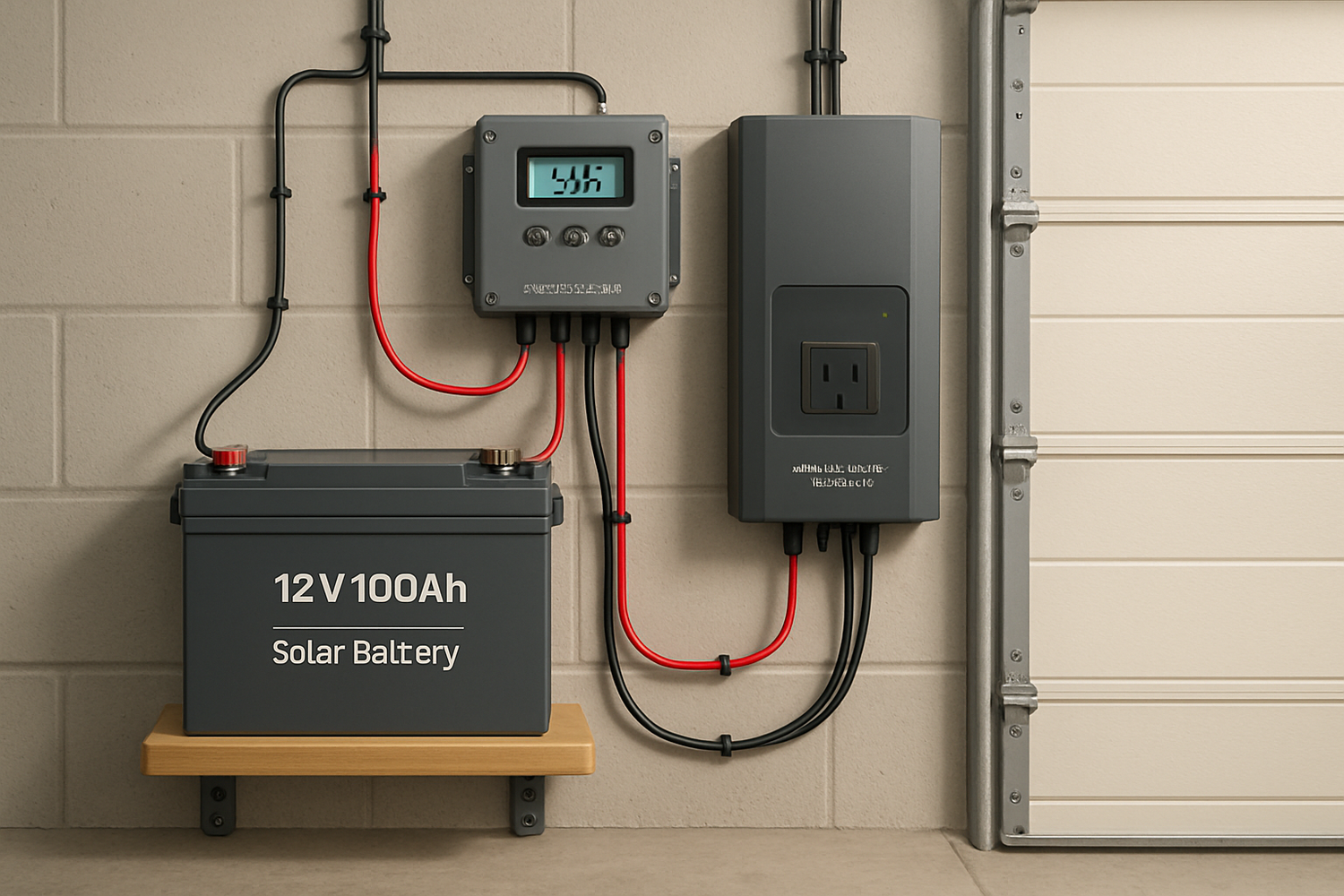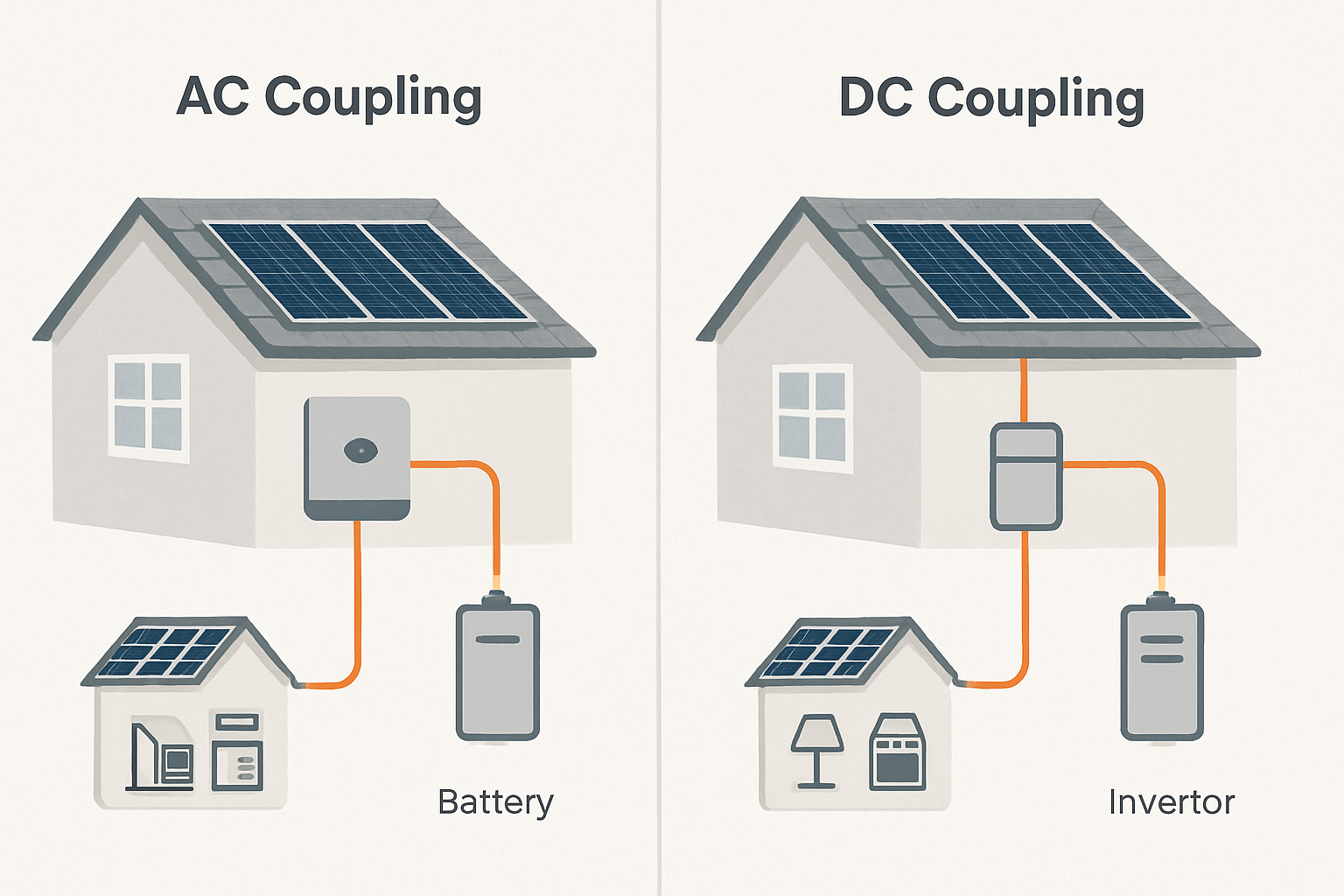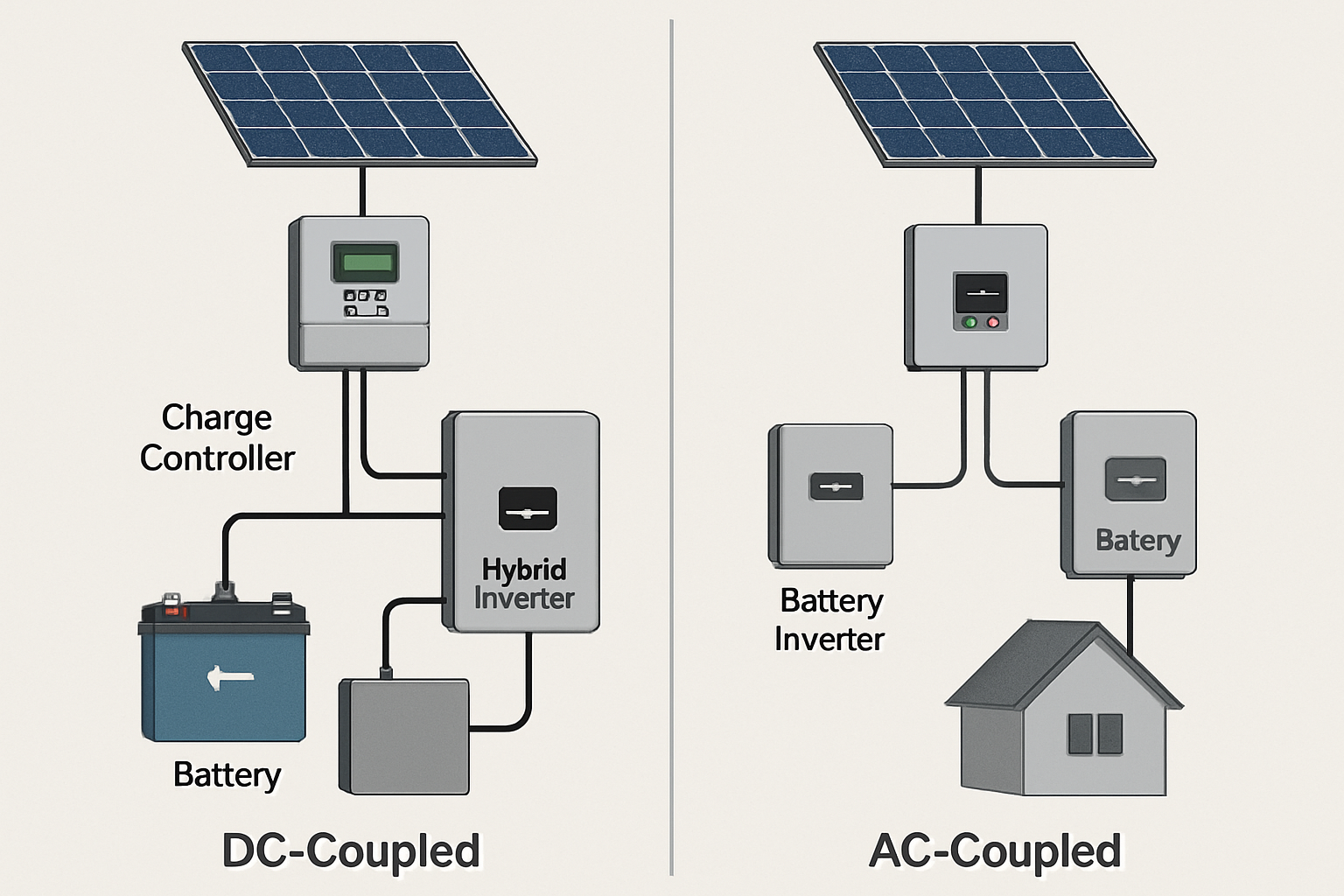Achieving control over your power supply is a significant step toward self-reliance. For many, this journey begins with a robust solar energy system, and at its core lies a reliable battery. The 12V 100Ah solar battery has become a foundational component for countless off-grid and backup power systems, offering a balanced blend of capacity, versatility, and affordability. This component is central to storing the sun's energy for use whenever you need it, day or night.
The Role of a 12V 100Ah Battery in Your Solar Setup
Understanding the function of a 12V 100Ah battery is the first step in designing an effective solar energy storage solution. This versatile battery serves as the heart of your system, ensuring a consistent and reliable power supply.
What is a 12V 100Ah Battery?
The numbers in its name define its electrical characteristics. '12V' refers to the nominal voltage, a common standard for many off-grid applications, from RVs to cabins. '100Ah' stands for 100 Ampere-hours, which is a measure of its capacity. This means the battery can theoretically supply 100 amps of current for one hour, or 10 amps for 10 hours. In total, it stores approximately 1.2 kilowatt-hours (12 Volts x 100 Amp-hours = 1200 Watt-hours) of energy. Many modern 12V 100Ah batteries utilize Lithium Iron Phosphate (LiFePO4) chemistry, prized for its long cycle life, safety, and efficiency.
Why It's a Popular Choice for Solar
The 12V 100Ah configuration is a popular choice for several reasons. Its compact size and manageable weight make it suitable for various applications, including mobile setups like vans and boats, as well as stationary off-grid solar power systems. Furthermore, these batteries are scalable. You can connect multiple units in parallel to increase your total energy storage capacity or in series to increase the system voltage to 24V or 48V, adapting to growing energy needs.
Building Your Off-Grid Solar Power System
Assembling a functional off-grid system requires integrating several key components. Each part plays a critical role in safely and efficiently converting sunlight into usable electricity.
Essential Components for Integration
A complete solar battery storage integration involves more than just a battery and panels. Here are the four essential components:
- Solar Panels: These capture sunlight and convert it into direct current (DC) electricity. The total wattage of your solar array will determine how quickly you can recharge your battery.
- Solar Charge Controller: This device acts as the brain of your system. It regulates the voltage and current coming from the solar panels to prevent overcharging the battery, which is crucial for safety and longevity.
- 12V 100Ah Deep Cycle Battery: This is your energy reservoir. It's vital to use a deep cycle battery, which is designed for repeated, deep discharging and recharging, unlike a car battery that provides short bursts of high power.
- Power Inverter: The inverter converts the DC electricity stored in your battery into alternating current (AC) electricity, the type used to power most household appliances.
Step-by-Step Connection Guide
Connecting the components follows a specific order to ensure safety and proper function. While every system is unique, the general sequence is as follows:
- Connect the 12V 100Ah battery to the solar charge controller's battery terminals.
- Connect the solar panels to the charge controller's PV (photovoltaic) input terminals.
- Connect your DC loads or the power inverter to the charge controller's load terminals or directly to the battery (with appropriate fusing).
Disclaimer: This is a simplified guide. Always follow manufacturer instructions and adhere to electrical safety standards. If you are unsure, consult a qualified professional.
Sizing Your System Correctly
Properly sizing your system is critical for reliable performance. Start by calculating your daily energy consumption in watt-hours (Wh). This involves listing all the appliances you intend to power, their wattage, and how many hours you'll use them each day. Once you have your daily energy need, you can determine the required battery capacity and the solar panel wattage needed to replenish that energy, considering the average peak sun hours in your location.
Maximizing Performance and Lifespan
Investing in a solar battery system is a long-term commitment. Proper care and operation will ensure you get the most out of your 12V 100Ah solar battery for years to come.
Optimal Charging and Discharging Practices
One of the main advantages of LiFePO4 batteries is their high Depth of Discharge (DoD). You can safely use up to 90-100% of their capacity without significant degradation, unlike traditional lead-acid batteries which should only be discharged to about 50%. A quality MPPT charge controller will optimize the charging process, maximizing energy harvest from your panels and protecting the battery.
The Impact of Temperature on Battery Health
Temperature plays a significant role in battery performance and longevity. Extreme heat can accelerate degradation, while extreme cold can temporarily reduce capacity and make charging difficult. The optimal operating temperature for most LiFePO4 batteries is between 15°C and 35°C (59°F to 95°F). Installing your battery bank in a sheltered, ventilated location can help regulate temperature and extend its life.
| Metric | LiFePO4 Battery | Lead-Acid Battery |
|---|---|---|
| Typical Cycle Life | 3,000 – 5,000+ cycles | 300 – 1,000 cycles |
| Usable Capacity (DoD) | 80-100% | 50% |
| Weight | Lighter | Heavier |
| Maintenance | None | Regularly required |
For a comprehensive look at battery metrics, the ultimate reference on solar storage performance offers in-depth data that can help you evaluate your options.
Realizing True Solar Energy Independence
A well-designed system built around a 12V 100Ah solar battery can do more than just power a few lights. It's a scalable solution that can grow with your ambitions, from providing essential backup to enabling a fully off-grid lifestyle.
From Backup Power to Full Off-Grid Living
The journey toward energy independence is accelerating. According to the U.S. Department of Energy's Solar Futures Study, solar energy could power up to 40% of the nation’s electricity by 2035, with energy storage playing a critical role. This highlights the growing reliability and importance of solar-plus-storage solutions. Projects that integrate solar and battery storage are essential for creating a stable and resilient grid. As detailed in a report on improving interconnection, streamlining the process of connecting these systems is a key focus for advancing clean energy.
The Financial and Environmental Equation
By generating and storing your own electricity, you reduce your reliance on utility companies and insulate yourself from rising energy costs. Environmentally, you are powering your life with clean, renewable energy, reducing your carbon footprint. The International Renewable Energy Agency (IRENA) notes in its report, Electricity Storage Valuation Framework, that storage is a key technology enabler for the transition to renewable energy systems. This transition is not only environmentally conscious but also increasingly economically viable as technology costs continue to fall.
Your Path to Reliable Energy
The 12V 100Ah solar battery is more than just a component; it's a key that unlocks greater energy freedom. By understanding how to properly select, install, and maintain it within a well-designed solar power system, you can build a reliable and scalable solution tailored to your specific needs. This technology empowers you to take control of your energy future, providing dependable power for your home, cabin, or mobile adventures.
Frequently Asked Questions
How many solar panels do I need to charge a 12V 100Ah battery?
To effectively charge a 12V 100Ah battery (1200Wh), you'll typically need between 200 to 400 watts of solar panels. The exact amount depends on your geographic location and the average number of peak sun hours you receive per day. For example, with 5 peak sun hours, a 300W solar array could generate up to 1500Wh, fully charging the battery in one day.
Can I connect multiple 12V 100Ah batteries?
Yes. You can connect identical 12V 100Ah batteries in parallel (positive to positive, negative to negative) to increase your total storage capacity. For instance, connecting two in parallel creates a 12V 200Ah battery bank. You can also connect them in series (positive to negative) to increase voltage, such as creating a 24V 100Ah system, but this requires a compatible charge controller and inverter.
What can a 1.2 kWh battery power?
A fully charged 12V 100Ah battery (1.2 kWh) can power various small appliances. For example, it could run a 60W refrigerator for about 20 hours, a 15W LED light for 80 hours, or charge a laptop (50Wh) approximately 24 times. The actual runtime depends on the power consumption of the devices connected.
What is the difference between a deep cycle battery and a car battery?
A deep cycle battery is designed to provide a steady amount of current over a long period and can be safely discharged and recharged many times. A car battery, or starting battery, is designed to deliver a large burst of current for a short time to start an engine and is not meant for deep discharging.





Leave a comment
All comments are moderated before being published.
This site is protected by hCaptcha and the hCaptcha Privacy Policy and Terms of Service apply.